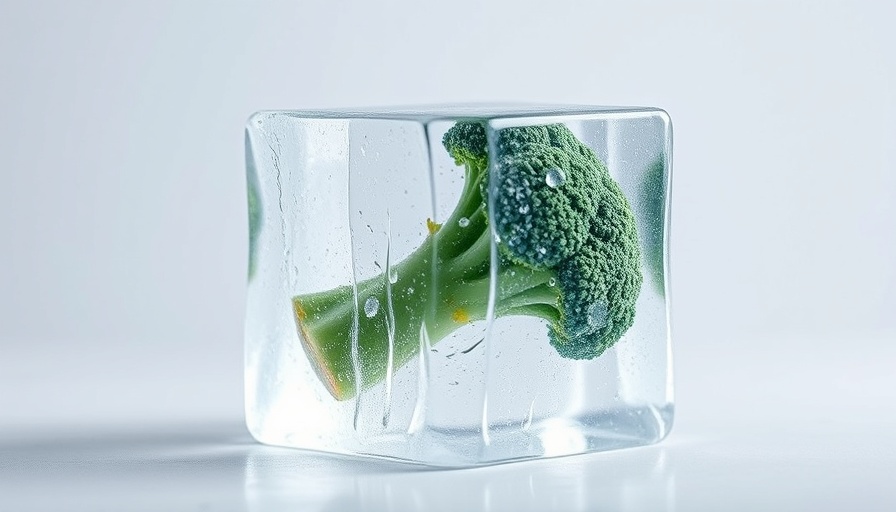
Understanding the Art of Refreezing Food
Many of us are guilty of opening the freezer, only to find something we thought we would instantly devour, but then left untouched for weeks or even months. Refreezing food might seem like a practical solution, but how does it affect the quality and safety of what you're trying to enjoy later? Let’s dive into the culinary science behind freezing and refreezing food, because not all foods are created equal!
Is It Safe to Thaw and Refreeze Food?
The short answer is yes—it can be safe to thaw and refreeze food, but there are important caveats to consider. According to the USDA, food must have been kept at a temperature below 40°F. If you’ve taken that pot of chili out, let it sit for a while on the counter, and then decided you’d rather have something else for dinner, it's best to toss it instead. Bacteria start to become active when food thaws, so safe handling is crucial.
For instance, if you thaw meat in the fridge, it's still safe to refreeze it within a few days. Just ensure that it's done in a controlled environment and follow proper thawing techniques. You can even cook thawed food straight from the freezer, especially small portions like shrimp or peas, which are fine when added to a hot dish.
The Impact of Freezing on Food Quality
Refreezing can significantly impact the texture and taste of food. When water in food freezes, it forms ice crystals. As these expand, they can rupture cell walls, causing loss of moisture and altering the overall taste experience. For example, meats often suffer from this, losing their tenderness and juiciness after being thawed and refrozen, leading to a lackluster dining experience that can ruin the high-end flavors intended in a Michelin-star dining setting.
A Spotlight on Different Food Types
Not all frozen foods share the same refreezing fate. Raw meats maintain their quality longer than cooked dishes due to moisture loss during cooking. Certain foods, like bakery items or fruits, can also withstand refreezing. Just be mindful that while the safety may be maintained, quality may not. For instance, thawed strawberries can taste fine but may look mushy and unappetizing.
Should you refreeze those leftover caviar or that exquisite seafood dish from your last luxury dinner party? Probably not, as these high-end ingredients tend not to fare well with multiple freezing cycles. Instead, consider thoughtful portioning before freezing to reduce the need for refreezing.
Practical Insights for the Home Chef
Refreezing food can be an ethically and financially smart move, preventing waste in your kitchen. However, it's essential to weigh the pros and cons.
Here are some friendly tips for refreezing food safely:
- Cool Before Refreezing: Always allow hot food to cool down before refreezing to prevent raising the temperature of the freezer.
- Portion Wisely: Consider freezing in smaller portions to only defrost what you need, maintaining both quality and safety.
- Label and Date: Keep tabs on your storage by labeling everything you freeze, to avoid forgetting what delicious surprise might await you.
Final Thoughts and Recommendations
Understanding the nuances of refreezing food can not only save you money but can also enhance your culinary mastery at home. It's essential to be mindful of the safety and quality, especially if you're looking to impress guests at a gourmet tasting menu dinner or an exclusive chef’s table reservation. If you find that you have more food than you planned to use, consider getting creative with recipes instead of refreezing—transform those thawed veggies into a sumptuous stew!
Now that you’re armed with knowledge about refreezing food, consider hosting a luxurious gathering where your culinary skills and attention to detail can shine bright! An inspired evening shared with friends or family, alongside thoughtfully paired wines and crafted artisanal cocktails, can create unforgettable moments around your dining table.
 Add Row
Add Row  Add
Add 




Write A Comment